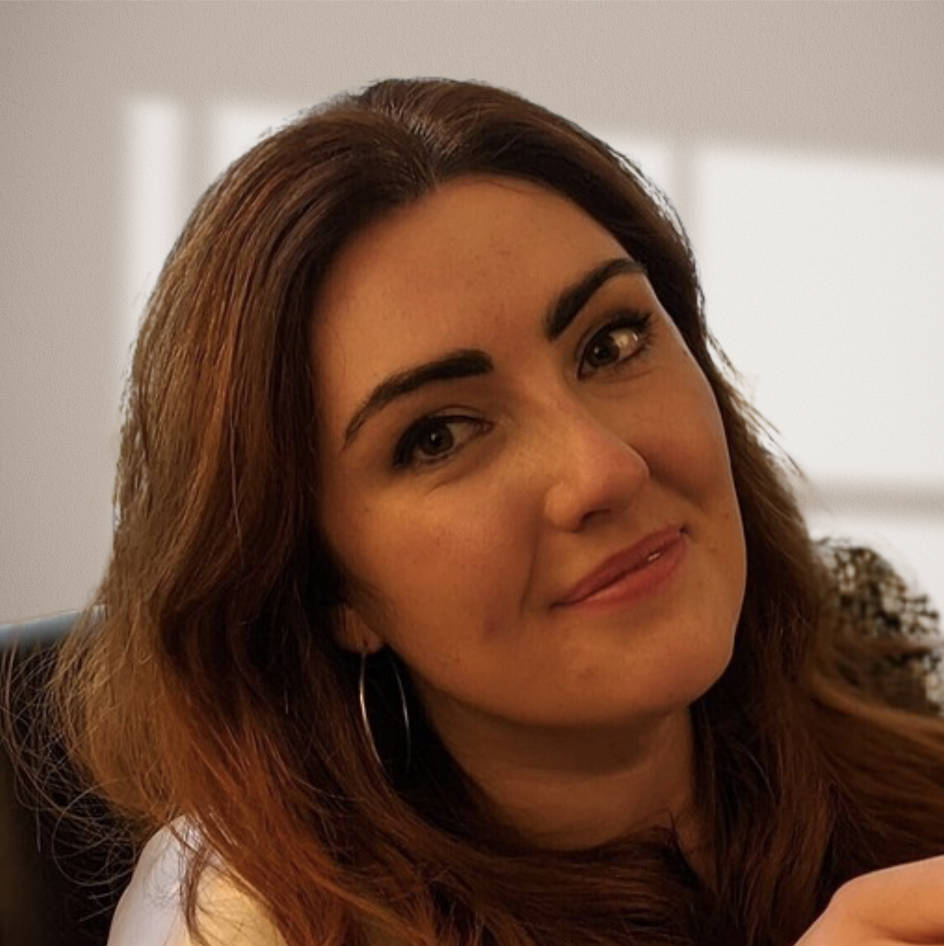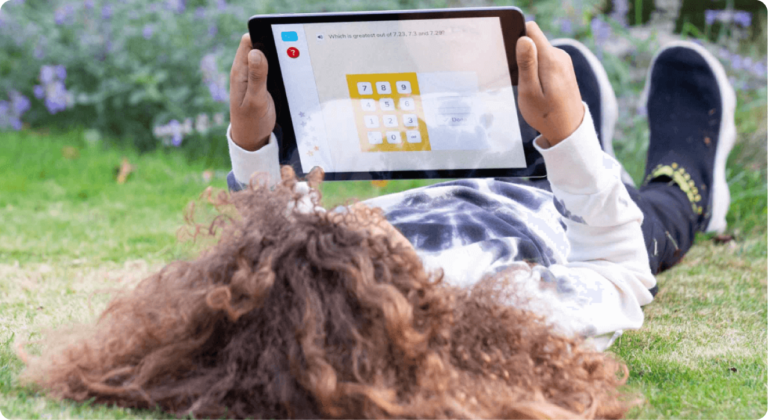

The Reception Baseline Assessment measures early maths and literacy skills in the first six weeks of reception to track students’ progress through primary school.

Author
Mhairi Sim
Published
October 2025


Key Takeaways
Table of contents
The reception year is the first year in learners’ primary school journey and they’ll follow the Early Years Foundation Stage (EYFS) curriculum. This year, learners are assessed twice; first in the Reception Baseline Assesment.
Read on to learn everything there is to know about the Reception Baseline Assessment, including what is expected of learners and what the results are used for!
The Reception Baseline Assessment is a short, activity-based assessment that isn’t strictly timed. It will take no longer than around 20 minutes and requires kiddos to complete simple maths, language, communication and literacy activities.
Teachers must administer the Reception Baseline Assessment to learners individually within the first six weeks of term and results are recorded electronically.
The assessment will cover different aspects of learners’ early maths and literacy skills and provide a snapshot of their current knowledge. The results will be used along with learners’ end-of-KS2 SAT results to measure how well schools are helping their learners progress during their primary school years.
Unlock unlimited maths questions
Put your skills to the test with fun exercises + maths games that are proven to boost ability!
DoodleMaths is an award-winning app that’s filled with thousands of questions and games exploring multiplication, division and more!
Designed by teachers, it creates each child a unique work programme tailored to their needs, doubling their progression with just 10 minutes of use a day. Try it for free!


In their baseline assessment reception students are assessed on their early maths and literacy skills, with methods they’re familiar with. Learners will use physical resources such as picture cards or shape tiles when completing the tasks in the assessment.
The Reception Baseline Assessment consists of maths and language, communication, and literacy (LCL) tasks and will assess skills in each of these areas. These are as follows:
As students complete the assessment, teachers will record their responses electronically and a raw score out of 39 is calculated automatically. These scores aren’t released to teachers or schools, so you won’t know how your child performed in their RBA.
However, teachers will receive a few short statements that indicate how students performed and can use these to help guide their teaching moving forward!
First and foremost, the Reception Baseline Assessment is not intended to label kiddos as ‘passing’ or ‘failing’ at this early stage! In short, they’re a way to measure school-level progress!
In 2021, the Department of Education began phasing out the statutory end of KS1 or Year 2 SATs and instead created the Reception Baseline Assessment (RBA). The results of the RBA are used as a starting point in measuring children’s progress throughout their school careers.
Once learners complete their end of KS2 SATs (or Year 6 SATs), these scores are cross-examined with the cohort’s RBA scores. These results will give great insight into students’ progress throughout their time at the school!
Due to the RBA being rolled out in 2021, the first batch of school progress results won’t be available until 2028. At this point, parents can see how well a school has supported a specific cohort of students’ development throughout their primary school years.
Students are not expected to prepare or revise ahead of their Reception Baseline Assessment.
The point of the RBA is to achieve a snapshot of where kiddos are in their learning at the start of the reception year. The assessment itself is very informal and in most cases, little ones won’t even know that they’re being assessed!
Learners are assessed within the first six weeks of their first year in primary school, so they won’t spend time preparing in school for this assessment as they would for SATs for example.
If you’d like to give your kiddo some practice at home before they start their reception year and sit their Reception Baseline Assessment, then our Doodle Learning apps are a great option.
Our award-winning maths app and English app have a bunch of curriculum-aligned activities and games that are a super way for learners aged four and up to build their skills!
Try DoodleMaths for free!
Select a year group
The Reception maths curriculum is a vital step in a child’s educational journey. By focusing on numbers, shapes, and patterns through engaging and practical activities, children develop a strong mathematical foundation. Parents and educators can significantly enhance this learning process by integrating maths into everyday life and fostering a positive, supportive atmosphere for young learners.
Understanding and actively participating in the Reception maths curriculum not only prepares children for future academic challenges but also helps them develop a lifelong love for mathematics.

Parents, sign up for a DoodleMaths subscription and see your child become a maths wizard!

Book a chat with our team
If you’d like to use Doodle’s browser version, please visit this page on a desktop.
To log in to Doodle on this device, you can do so through our apps. You can find out how to download them here: